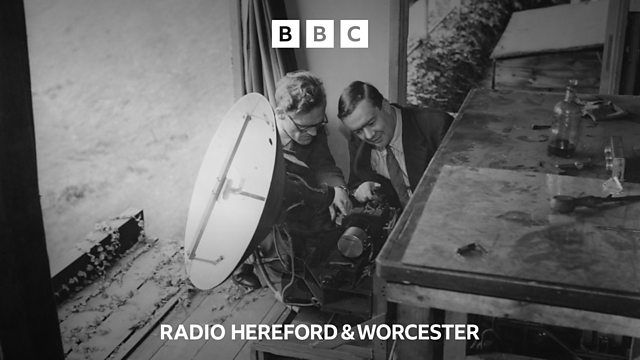How Malvern won the war
Over 2,000 scientists at the town's radar station were tasked by Churchill to track German U-boats during World War Two, having moved overnight from the south coast in 1942.
Over 2,000 scientists at the town's radar station were tasked by Churchill to track German U-boats during World War Two, and helping scramble RAF fighter planes as quickly as possible, having moved en masse, overnight, from the south coast in 1942.
The Telecommunications and Radar Establishment was based around the school buildings at Malvern College, and the Pale Manor area of Malvern Link. The former is now a base of defence company QinetiQ, whilst the latter was developed in to housing at the turn of the millennium.
Malvern's innovation continued well after the defeat of Nazi Germany, including pioneering research in to what would turn in to liquid crystal displays (LCDs), touch screen and guidance systems.
Mike Burstow from the Malvern Radar and Technology History Society showcases the Malvern Radar Station, a museum of artefacts, photos and voice recordings from those scientists, at Great Malvern Railway Station.
Broadcaster and journalist Anne Diamond grew up in the Worcestershire town as the daughter of a radar boffin. She says that growing up, many parents had signed the Official Secrets Act, so you could never ask what they had done at work.
Maggie Andrews is a professor in cultural history, and says this part of the world was chosen for a crucial part in the war effort as a 'move-back' position, should the Germans ever overrun the south coast.
Image credit: Getty Images

